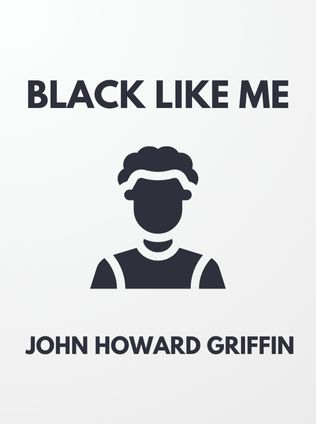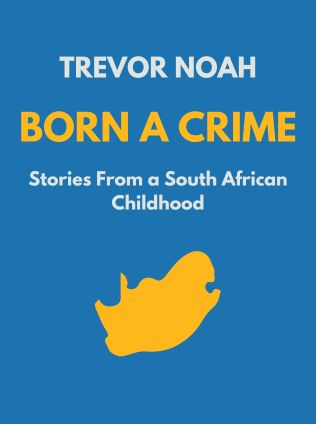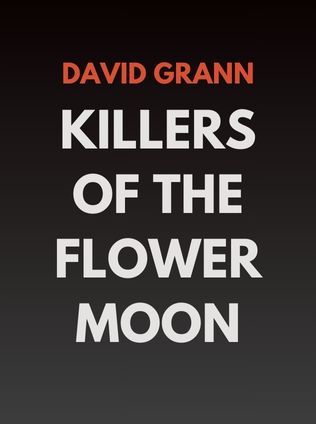
About the Author
John Howard Griffin was an American journalist, social activist, and author, renowned for his groundbreaking work in exploring race relations in the United States. Born in 1920 in Dallas, Texas, Griffin was deeply influenced by the injustices he observed during his upbringing. His education in France, where he studied medicine and literature, and his service in World War II, where he suffered injuries that temporarily blinded him, further shaped his understanding of human suffering and dignity.
Griffin’s passion for social justice led him to pursue a career in journalism, where he wrote extensively on the civil rights movement and the challenges faced by Black Americans. His most famous work, Black Like Me, was the result of a bold experiment in which he disguised himself as a Black man to experience racism firsthand. This experiment not only changed his life but also had a profound impact on the national conversation about race in America.
Main Idea
The central idea of Black Like Me is the exploration of systemic racism through the lens of personal experience. Griffin’s transformation into a Black man was more than just a physical change; it was an immersive journey into the heart of America’s racial divide. By living as a Black man in the segregated South, Griffin sought to expose the pervasive and often insidious nature of racism, demonstrating how deeply it was woven into the fabric of society.
Griffin’s narrative is a powerful indictment of the social and institutional structures that uphold racial inequality. His observations reveal the daily humiliations, the psychological toll, and the economic barriers faced by Black Americans. The book challenges readers to confront the uncomfortable truths about race in America and to recognize the urgent need for change.
Table of Contents
- Introduction: The Experiment Begins
- The Transformation: A New Identity
- Encounters with Racism: The Daily Struggle
- Living in the Deep South: The Heart of Segregation
- The Psychological Impact of Racism: A Personal Battle
- Systemic Racism: The Economic and Social Barriers
- The Role of the Media: Shaping Public Perception
- Confronting the Threats: The Backlash
- Reflections and Conclusions: A Call for Change
The Transformation: A New Identity
Griffin’s decision to transform his appearance was not taken lightly. He understood that changing his skin color would mean stepping into a world where he would be judged, mistreated, and marginalized based solely on his appearance. With the help of a dermatologist, Griffin underwent a series of treatments that darkened his skin. He used medication, ultraviolet lamps, and makeup to achieve the desired effect, and he shaved his head to eliminate any signs of his white identity.
The transformation was both physical and psychological. Griffin described the experience as one that deeply affected his sense of self: “I looked into the mirror and no longer recognized the man staring back at me. The change was more than skin deep—it reached into the very core of my being.”
This new identity allowed Griffin to experience the world as a Black man, but it also made him acutely aware of the arbitrary nature of racial categorization. He remained the same person inwardly, yet the world’s perception of him changed dramatically, highlighting the superficial and destructive nature of racism.
Encounters with Racism: The Daily Struggle
Griffin’s first encounters with racism were immediate and jarring. From the moment he stepped out into the world as a Black man, he was subjected to the harsh realities of segregation and discrimination. Public facilities that had once been accessible to him were now off-limits. He was denied service at restaurants, refused entry to public restrooms, and treated with contempt by those who once saw him as an equal.
One of the most telling moments of his journey occurred when he attempted to cash a traveler’s check. Despite having valid identification, Griffin was met with suspicion and hostility. The cashier, who had no reason to doubt the authenticity of the check, refused to cash it simply because Griffin was Black. “It was as though my entire character had been called into question because of the color of my skin,” Griffin wrote.
Sign up for FREE and get access to 1,400+ books summaries.
You May Also Like
Freakonomics
A Rogue Economist Explores the Hidden Side of Everything
By Steven D. Levitt and Stephen J. DubnerI Am Malala
The Story of the Girl Who Stood Up for Education and Was Shot by the Taliban
By Malala Yousafzai



















